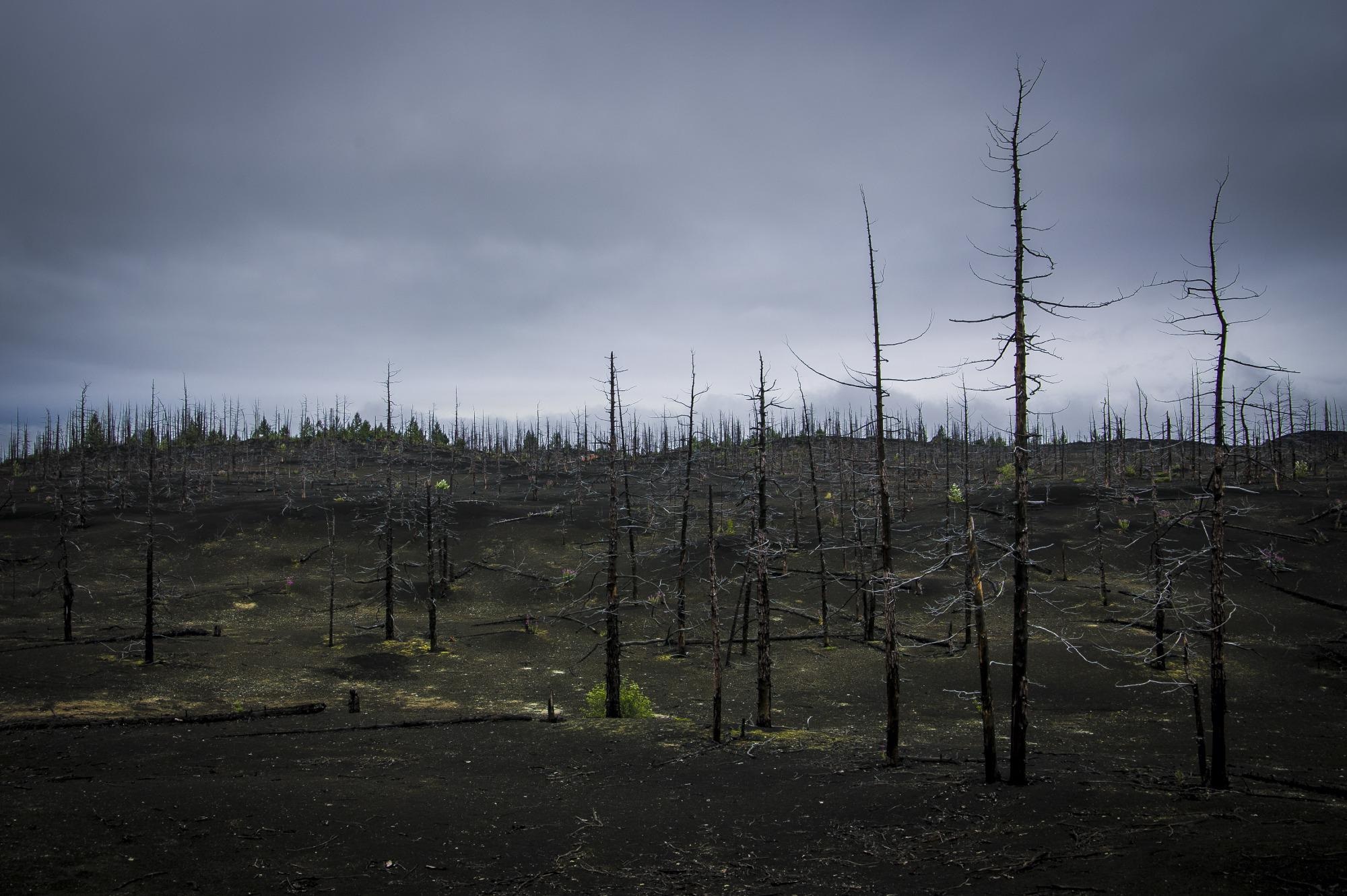Ghost forests are regions of former forests where dead trees are dominant. They usually occur in coastal regions where shifts in the plate tectonics or rising sea levels have significantly altered the landmass.

Image Credit: Shutterstock.com/Yulia Moiseeva
Recent research conducted by the Department of Forestry and Environmental Resources, North Carolina State University (NC State), USA, indicates that these ghost forests produce an abundance of methane.
Wetlands play a significant role in the global carbon cycle, especially methane, which currently accounts for about 30% of all long-lived greenhouse gases.
Wetlands are the largest natural source of CH4, contributing as much as 20–30% of the global emissions.
Melida Martinez, Lead Author and Post-Doctoral Researcher at NC State
The methane that these ghost forests produce is generated by a variety of tiny microorganisms, and while the methane is initially produced in the soil, the trees act like vents that allow the methane to rise and escape into the atmosphere.
It is expected that ghost forests will become a more common sight along the Southeast American coast as a visual indicator of climate change and the result of rising sea levels. The dead wood in these forests, known as snags, is a key factor when evaluating the greenhouse gases emitted from ghost forests.
From Soil to Snag
Understanding the main source and pathways of methane from snags in ghost forests was central to the study, recently published in the journal Frontiers. The team hypothesized that the methane emitted from snag stems was first produced in the soil, and the snags acted as a conduit for the gas to enter the atmosphere.
To further understand this working hypothesis, the team analyzed a series of methane samples gathered from the snags of five ghost forest sites on the North Carolina coast Albemarle-Pamlico Peninsula. By carefully evaluating the concentrations of methane in the soil, snags and water, they were able to track the chemical signature left by methane-producing microbes.
They discovered that methane concentrations were typically lower the farther away from the ground they were.
Methane (CH4) is comprised of two elements (carbon and hydrogen) which have variations known as stable isotopes. It was through monitoring these isotopes the team was able to track the methane.
The team saw that there were changes in the heavier and lighter isotopes in hydrogen and carbon from the water in the ground to the soil to the snags. While the researchers were only evaluating methane, they stated this was crucial for understanding the environmental impact of ghost forests.
Environmental Impact
According to Martinez, it is important to be able to understand how methane is moving through the ecosystem.
These ghost forest regions are temporary ecosystems; they will become marshes. But even during the transient state, we want to know how ghost forests produce and move this greenhouse gas.
Melida Martinez, Lead Author and Post-Doctoral Researcher at NC State
It is of particular importance to understand the major sources of methane and if any action can be taken to limit the impact as methane is the primary contributor to the formation of ground-level ozone, a hazardous greenhouse gas. This air pollutant contributes to over 1 million premature deaths annually and, over a 20-year period, contributes 80 times more to global warming than carbon dioxide.
While methane accounted for around 30 percent of global warming pre-industrial age, it is rapidly increasing at a rate faster than when record-keeping began in the 1980s. Furthermore, during the COVID-19 pandemic, carbon dioxide emissions decreased, but atmospheric methane continued to proliferate.
This research goes some way to understanding the environmental impact of methane gas and suggests that a further understanding of methane sources is crucial when trying to combat and adapt to the effects of climate change.
References and Further Reading
Martinez, M., Ardón, M. and Carmichael, M., (2022) Identifying Sources and Oxidation of Methane in Standing Dead Trees in Freshwater Forested Wetlands. Frontiers in Environmental Science, [online] 9. Available at: https://www.frontiersin.org/articles/10.3389/fenvs.2021.737379/full
UNEP. (2022) Methane emissions are driving climate change. Here’s how to reduce them.. [online] Available at: https://www.unep.org/news-and-stories/story/methane-emissions-are-driving-climate-change-heres-how-reduce-them#:~:text=Methane%20is%20the%20primary%20contributor,at%20warming%20than%20carbon%20dioxide
Disclaimer: The views expressed here are those of the author expressed in their private capacity and do not necessarily represent the views of AZoM.com Limited T/A AZoNetwork the owner and operator of this website. This disclaimer forms part of the Terms and conditions of use of this website.